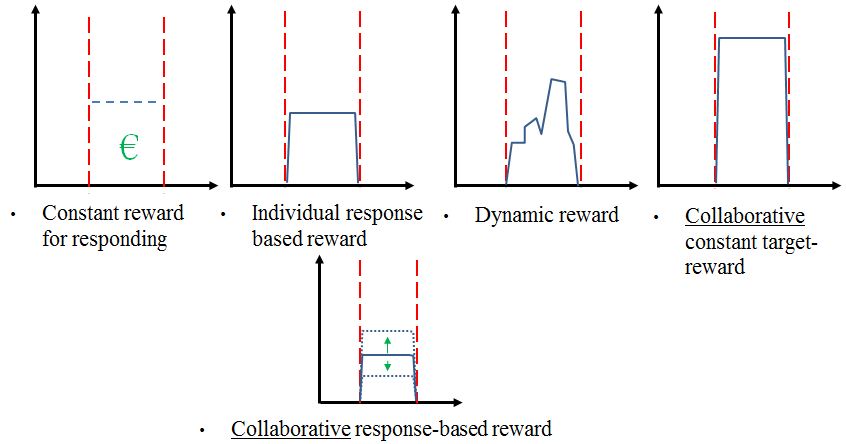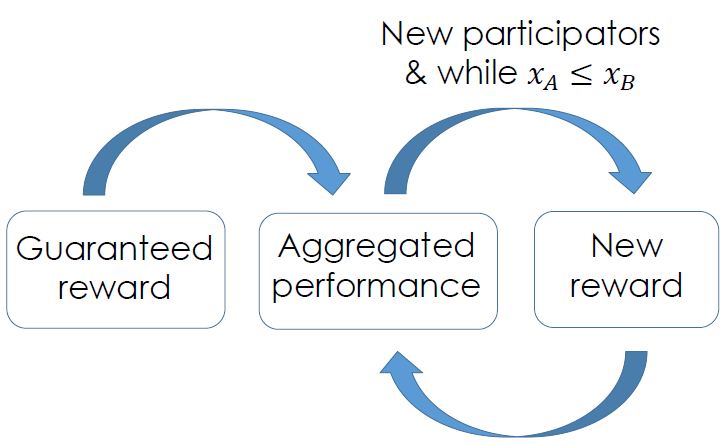Demand response (DR) programs coordinating huge numbers of consumers can play an important role in electricity markets. Aggregators can bridge small customers with the wholesale markets (energy, capacity and ancillary services) through incentive-based programs. Aggregated DR can be done either by distribution system operator (DSO) or by an independent entity that acts as the aggregator. Thereby, DR can be integrated into the market in different ways.
Note: This content is related to a scientific publication. For citing in your studies, please refer to:
M. A. Zehir, M. H. Wevers, A. Batman. M. Bagriyanik et al., “A novel incentive-based retail demand response program for collaborative participation of small customers,” 2017 IEEE Manchester PowerTech, Manchester, 2017, pp. 1-6.
doi: 10.1109/PTC.2017.7981059
Retailers (DSOs/DR Aggregators) are offering & can offer different programs.

The current DR programs provide either preannounced constant incentives or performance-based dynamic incentives to the costumers. These individual motivators are effective as long as no collaborative response of participants is needed.
A novel retail demand response can provide incentives proportional to aggregated performance to foster cooperation between the customers. It can be offered as an alternative to the existing constant incentive and individual performance based programs.
The program can consider the positive impact of an increase in the number of participating customers and of the response performance on the profits of both the aggregator and the participants. An aggregated-response based incentive can be used to foster indirect cooperation between customers and improve effectiveness.

For further reading about the collaborative incentive-based retail program concept:
- M. A. Zehir, M. H. Wevers, A. Batman. M. Bagriyanik et al., “A novel incentive-based retail demand response program for collaborative participation of small customers,” 2017 IEEE Manchester PowerTech, Manchester, 2017, pp. 1-6.
doi: 10.1109/PTC.2017.7981059
